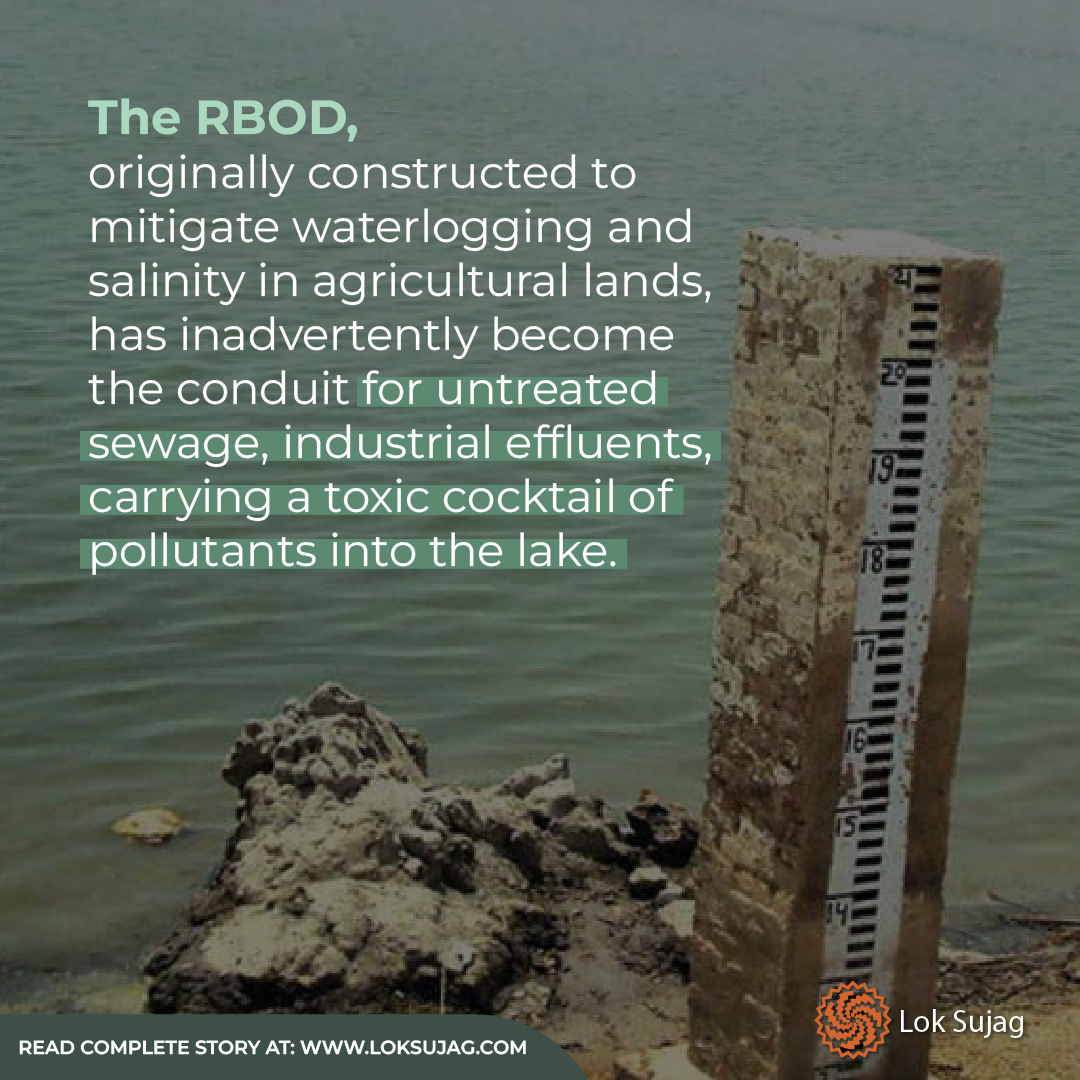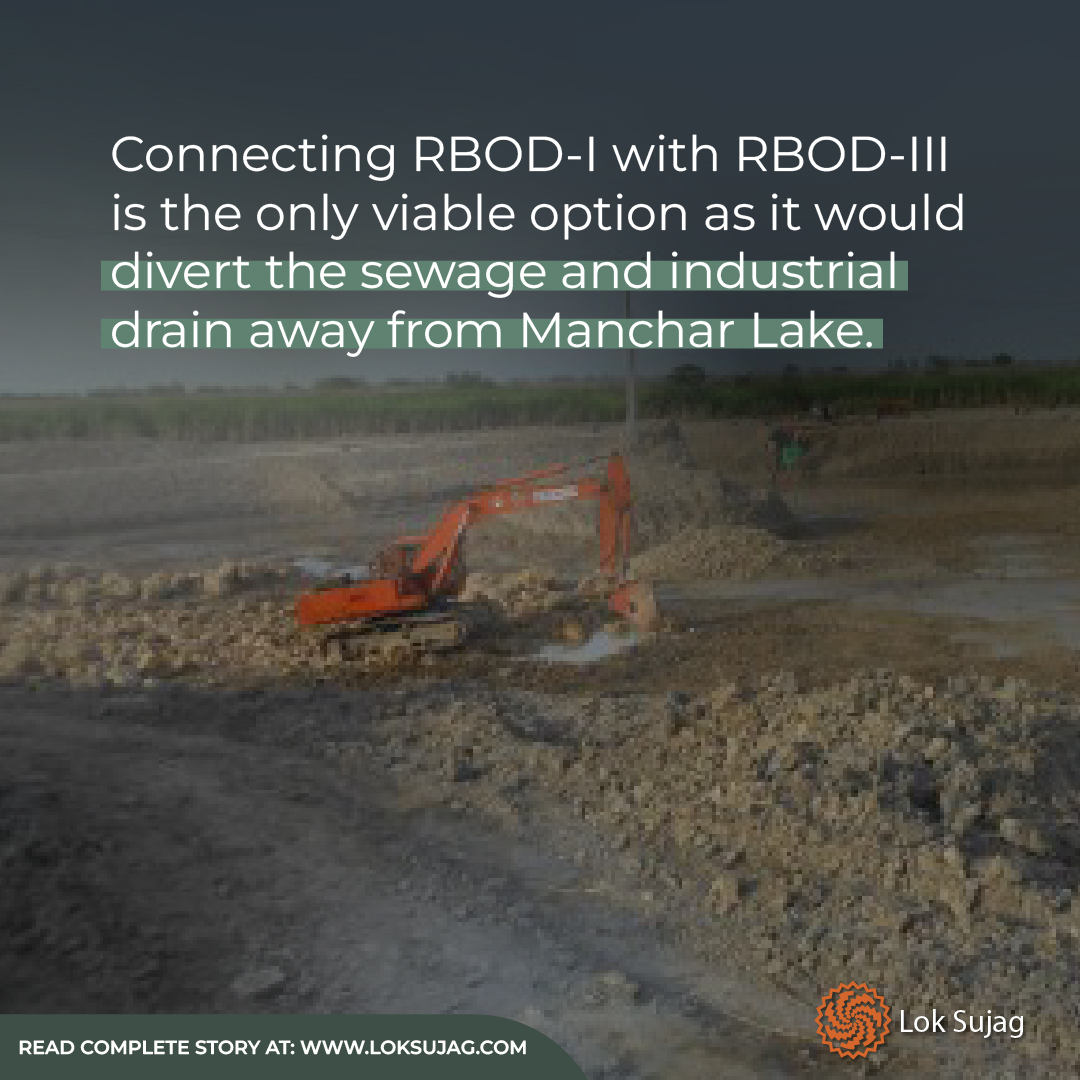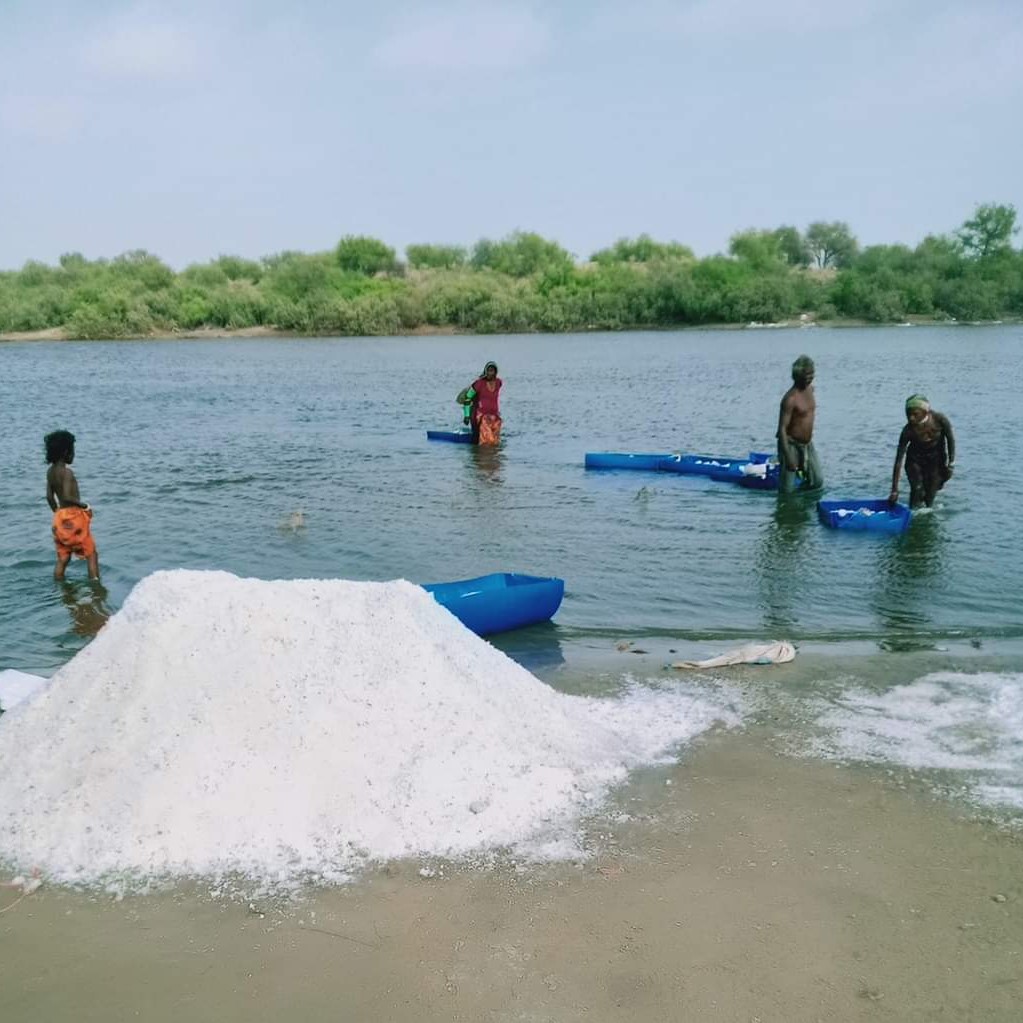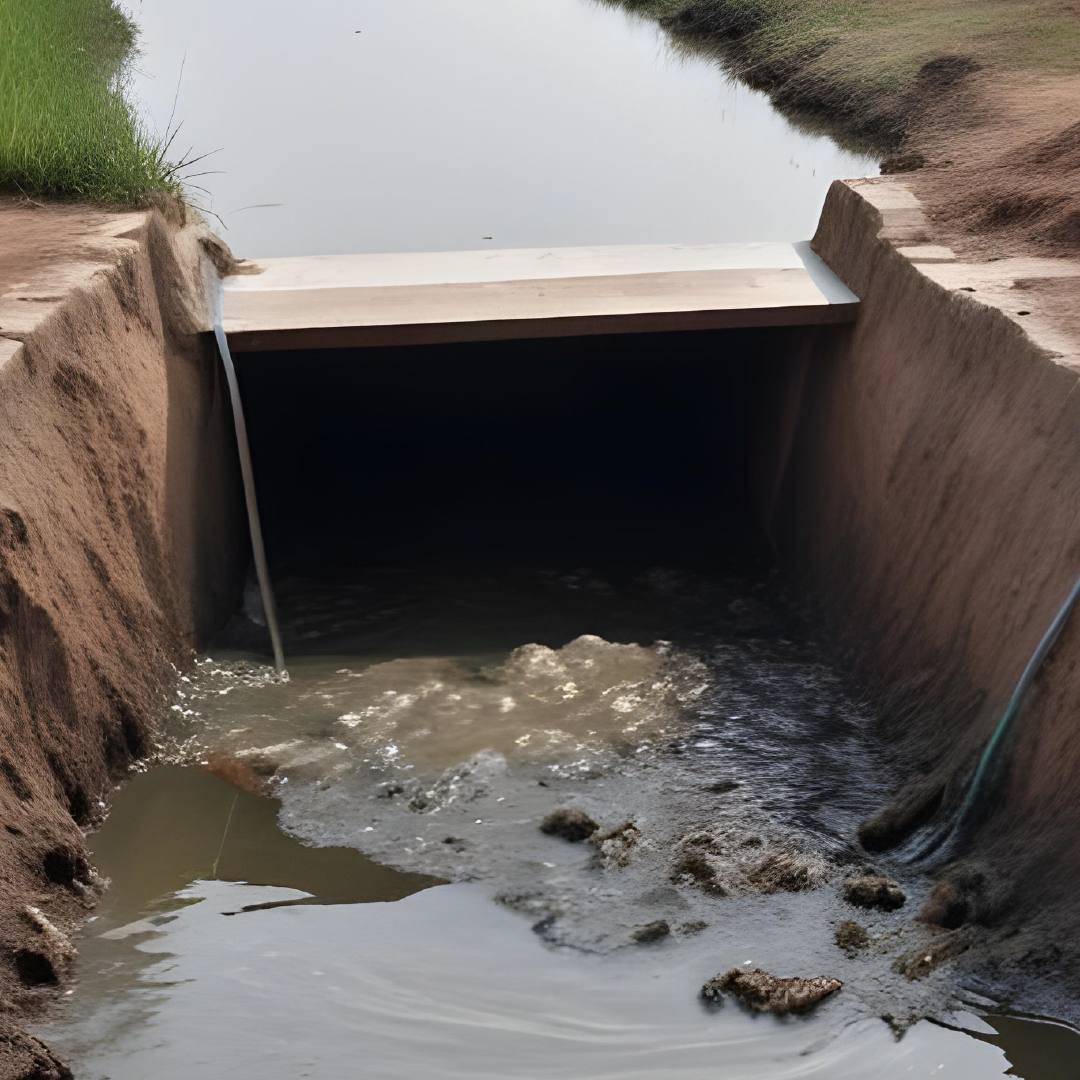“Manchar was once full of life and it had a lot of fish, including Kooni, Kum, Lohar and Boorani. Back then, the fish were transported to Karachi and other major urban centres. Those were the good days and we earned a lot of money. But now continuous decrease in fish resources has made us vulnerable to debt cycle and poverty,” laments Husna Bibi, who belongs to the Mohanna community of the Manchar Lake. She has been a witness to the dramatically changing livelihood during the last two decades.
Nasir Panwar, an environmentalist who has worked on the lake, says that Manchar is my native village and his attachment with it is beyond words.
“I am a witness to the golden era of lake when it was a major fishery trading point and a famous tourist destination for foreigners in the mid-1970s. Now, the lake has turned into an ecological disaster with its diminishing cultural significance, depleting fisheries resources and degrading water quality.”
For Panwar and other climate activists in Sindh, the continuous degradation of the lake is among the major looming disasters whose implications Sindh will have to face if the status quo persists.
The Manchar Lake is one of the largest natural freshwater lakes in Asia and a unique wetland. Spread over an area of more than 200 sq km, it is located on the west bank of the Indus river, across the eastern foothills of Kirthar Range in the Dadu and Jamshoro districts.
It gets water from three major resources, i.e. Indus River, Main Nara Valley (MNV) drain, now remodelled to RBOD-I, carrying water from upper parts of Sindh and south Punjab and hill torrents of Kirthar hills.
Significance of Manchar and the Mohannas
According to a WWF-led study, the Manchar Lake had about 200 species of fish during its heyday and 17 varieties of crops in its periphery. It served as a sanctuary for migratory birds from Siberia and Central Asia. According to a survey conducted in 1988, around 50,000 migratory and residential birds of 102 species visited it.
Moreover, the lake has been a hub of trade and commerce activities for centuries, facilitating transportation between towns and villages along its shores. Boatmen used to ferry goods and passengers across the lake, contributing to regional economic activity.
Manchar Lake still boasts of a rich historical heritage as well with evidence suggesting human settlements on its banks, dating back to ancient times. Over the centuries, the lake has served as a vital source of sustenance for local communities.

It has been a muse for poets and artists, inspiring them for cultural expression and storytelling. Besides there are many numerous shrines and holy as well archaeological sites in its vicinity, including the ancient Harappan sites.
A feature of Manchar Lake that distinguishes it culturally is its inhabitants, the indigenous Mohannas, also known as boat people, a unique fisherfolk community that lives in boats in the lake water.
The Mohannas claim to be direct descendants of the residents of Mohenjo Daro, an important site of the Indus Valley Civilisation. Many archaeologists and anthropologists also validate this claim as the people of the Dravidian phenotype in South India, supposedly belonging to the Indus Valley, correlate with the Mohannas.
The floating boat villages of the Mohannas have unique livelihood and culture as fishing and boat craftsmanship are passed down through generations within the community. The inhabitants of these villages have adapted to rhythms of the lake, relying on its resources for their sustenance. But with climate change impacts and some flawed development projects, the Mohannas are struggling for survival.
Flawed projects and onset of problems
The misfortune of Manchar Lake started in 1982 when a drainage infrastructure project, Right Bank Outfall Drain (RBOD), was developed to remodel the Main Nara Valley Drain.
The RBOD, originally constructed to mitigate waterlogging and salinity in agricultural lands, has inadvertently become the conduit for untreated sewage, industrial effluents and agricultural runoff, carrying a toxic cocktail of pollutants into the lake.
Initially, it was planned to divert the sewage and industrial wastewater into Arabian Sea but the plan could not materialise, and the drainage was routed to Manchar Lake. The authorities were of the view that major sources of freshwater coming from the Indus River and hill torrents from Kirthar hills would dilute the effluents entering the lake through the RBOD.
However, that turned into disaster as the two sources of fresh water could not provide enough water.
Climate change effects like changing patterns of glacial melt in the north and increase in evaporation intensity due to rising temperature increased the consumption of water from the Indus River in the upper riparian zones and mega dams upstream are contributing to the less surface water discharge into Manchar from the Indus River. Besides, the changing rain patterns are also causing variations in volume of hill torrents from Kirthar Range into the lake.

This nexus of climate change and flawed development paradigm are the main catalyst behind the current state of Manchar Lake.
Loss of fish and impacts on the Mohannas
The unchecked discharge of pollutants has severely degraded water quality, triggering algal blooms, oxygen depletion and the accumulation of harmful chemicals, which have devastated aquatic ecosystems, culminating in the loss of fisheries.
According to a study by the WWF-Pakistan and Friends of Indus forum, the lake had 200 species of fish by the 1930s. Lately, half of fish species are under threat of extinction while 14 species have already become extinct. To add fuel to fire, a huge decrease in the volume of fish resources has also been observed.
According to a study by the Sustainable Development Policy Institute (SDPI) – an independent think tank based in Islamabad – the fish catch in Manchar has fallen from 3,000 tonnes to less than 300 tonnes by 2003. The gravity of livelihood loss for the Mohannas can be gauged from the fact that in the age of globalisation, their annual household income is continuously decreasing as their entire livelihood is dependent on fishing.
As per Dr Wajeeha Haq, the assistant professor at the National University of Sciences and Technology (NUST), the lack of availability of alternate livelihoods is one of the major hindrances to rehabilitating the population living in the peripheries of water resources.
She says the indigenous communities in the world generally and in the developing world especially are trapped in the vicious cycle of interlinked generational poverty and debt cycle due to climate change.
With no resources at disposal, ignorance of successive governments towards welfare of marginalised communities and lack of educational opportunities in the peripheries, the climate change impacts on labour in the form of poverty are more prevalent in regions like Manchar Lake. She adds that the women from these communities are most impacted by poverty.
The increasing concentration of toxics in the Manchar Lake is also posing health risks to the Mohannas. According to a Shirkat Gah publication, the salinity level of Manchar has reached 4,000 PPM (parts per million) while the safe limit is around 500 PPM.
This high level of salinity is not only deleterious for sustainability of natural habitats but also a grave threat to the health of the community.
The dilemma is that Manchar is the only source of drinking water for them. Due to lack of resources and decreasing economic activity, the procurement of drinking water from outside has never been an option for the Mohannas.
In recent times, increasing cases of hepatitis, tuberculosis, and diarrhoea are reported among the Mohannas, especially in children and women. To make things worse, there is not a single notable health facility available for them.
Breaking bond with the lake
Amidst the discussions on overarching impacts on the lake, an important aspect that goes unnoticed is the cultural loss the region has to cope with. For centuries, the Manchar Lake has been a centre of folklore, cultural wisdom, and poetry.
Also Read

Salt Lake labourers in Tharparkar: A life of unpaid toil and unending sweat
The Mohannas are known for their distinct lifestyle and way of fishing and travelling. With diminishing fish resources and the loss in economic activity, they have to look for other economic prospects.
The changing socioeconomic dynamics of the region and decreasing economic activities have overshadowed the bond the Mohannas shared with the lake.
In the last few years, an outward migration from the lake to nearby land has increased. Many fishermen have also migrated to other lakes across Pakistan to find better economic prospects.
Those who could not afford to migrate due to resource constraints have abandoned fishing.
According to local communities, only one boat village remains within the Manchar Lake while the rest of the Mohannas have already shifted to nearby lands.
But all this has come at the huge cost of cultural loss and feeling of abandonment. The loss of culture of the Mohannas and other indigenous communities living in the peripheries calls for intervention on a priority basis.
Call for welfare programme and other solutions
It is evident for quite some time that Manchar Lake is dying and its inhabitants are facing the toughest time of their lives. However, rather than looking for traditional discourse around rehabilitation plans for the Mohannas, Hussain Jarwar, a climate expert who has worked with the Fisherfolk Forum, recommends considering the Mohannas as an asset, seeking interventions accordingly.
“We need to see the Mohannas communities through a macroscopic lens rather than considering them in isolation. They provided emergency response services during the floods of 2010 and 2022 as their boats were well-equipped. If provided with resources, this community can prove an asset during the era of climate-induced disasters.”
Mr Jarwar suggests a public health emergency programme, educational empowerment, and capacity-building of the Mohannas for making them more aware of the world around them and instilling cultural consciousness in their young generation.
“As far as the pollution of Manchar is concerned, the less sufficient flows from the Indus River would not dilute the toxic effluents coming through the RBOD.”
He says connecting RBOD-I with RBOD-III is the only viable option as it would divert the sewage and industrial waste away from the Lake.
According to Mr Jarwar, the government should prioritise the welfare of the Mohannas community by offering them social safety nets while the cultural preservation of the lake needs to be intact.
For this purpose, the government should promote the region from the tourism point of view. By incentivising tourism prospects, the region can be rehabilitated socially and economically.
Moreover, the women-centric development measures should be taken to empower the women. By taking a holistic and cross-sectoral approach, we can save the Manchar Lake, its ecology and vibrant culture for future generations.
Published on 28 Aug 2024




















